Sort of related sanity checking: https://github.com/jwzimmer/tv-tropening/issues/17
If we transpose the matrix and run SVD, we see the same dimensions in terms of traits as the columns of U.
Open jwzimmer-zz opened 3 years ago
Sort of related sanity checking: https://github.com/jwzimmer/tv-tropening/issues/17
If we transpose the matrix and run SVD, we see the same dimensions in terms of traits as the columns of U.

Talking with Dodds
If 10 ratings are required for each trait for each character in order for that character to be included in the matrix, then: newdf: (560, 236)
First dimension (first row of V^T)
Second dimension
Third dimension
Fourth dimension
Fifth dimension
Sixth dimension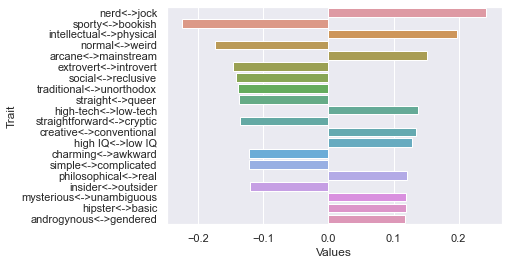
Seventh dimension
Eighth dimension
Ninth dimension
Tenth dimension
20 rating threshold: newdf: (436, 236)
First dimension
Second dimension
Third dimension
Fourth dimension
Fifth dimension
Sixth dimension
Seventh dimension
Eighth dimension
Ninth dimension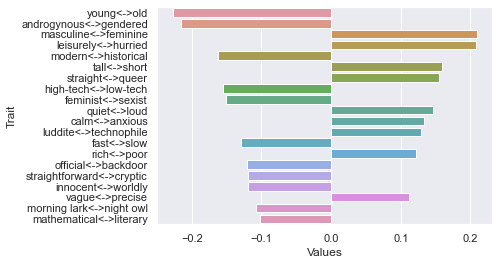
Tenth dimension
=============================== 30 rating threshold: newdf: (323, 236)
First dimension
Second dimension
Third dimension
=============================== 40 rating threshold: newdf: (280, 236)
First dimension
Second dimension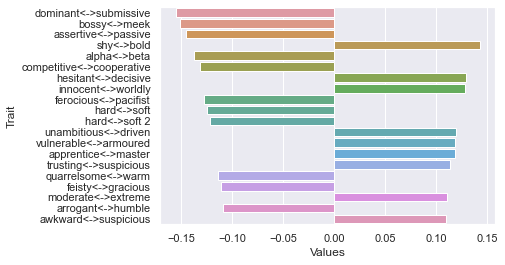
Third dimension
=============================== 50 rating threshold: newdf: (218, 236)
First dimension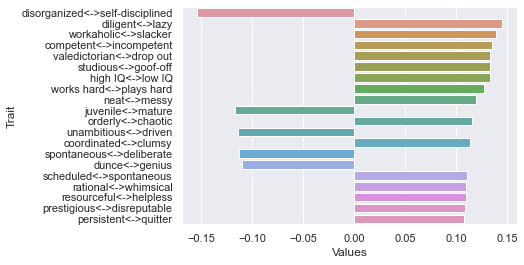
Second dimension
Third dimension
=============================== 60 rating threshold: newdf: (167, 236)
First dimension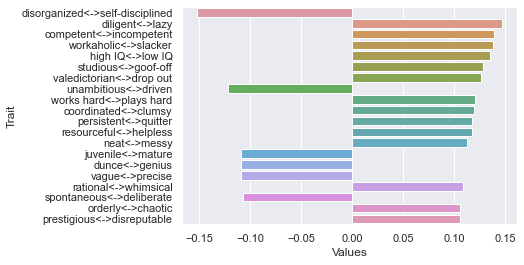
Second dimension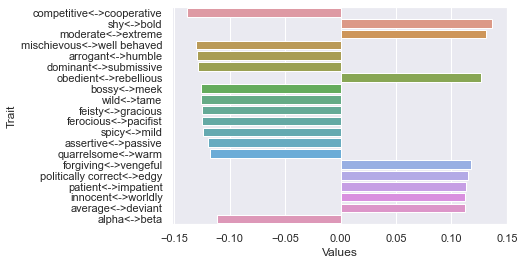
Third dimension
Fourth dimension
Fifth dimension
Sixth dimension
Seventh dimension
Eighth dimension
Ninth dimension
Tenth dimension
=============================== 70 rating threshold: newdf: (140, 236)
First dimension
Second dimension
Third dimension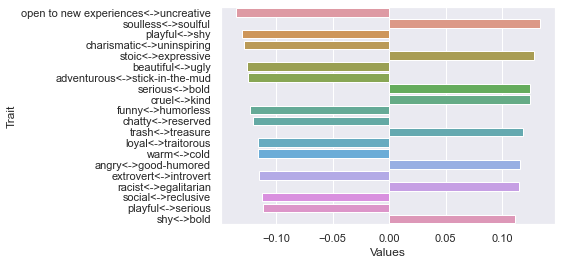
============================= 80 rating threshold: newdf: (132, 236) First dimension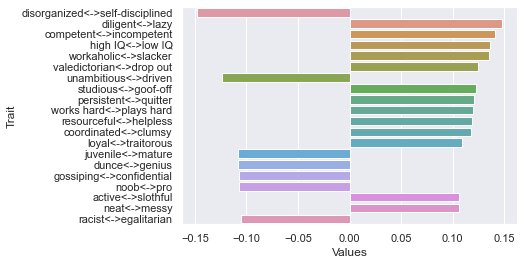
Second dimension
Third dimension
============================= 90 rating threshold: newdf: (116, 236) First dimension
Second dimension
Third dimension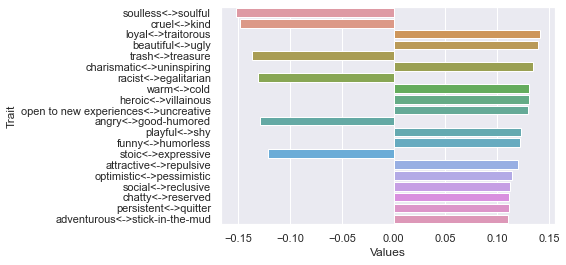
============================= 100 rating threshold: newdf: (100, 236)
First dimension
Second dimension
Third dimension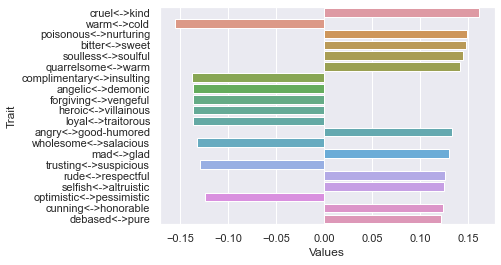
Fourth dimension
Fifth dimension
Sixth dimension
Seventh dimension
Eighth dimension
Ninth dimension
Tenth dimension
Eleventh dimension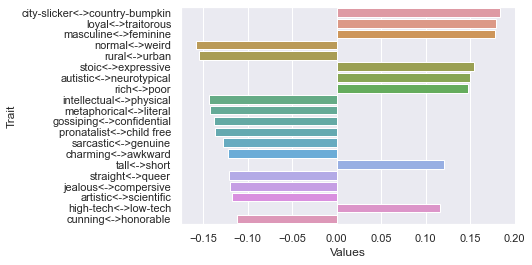
Twelfth dimension
Thirteenth dimension
Fourteenth dimension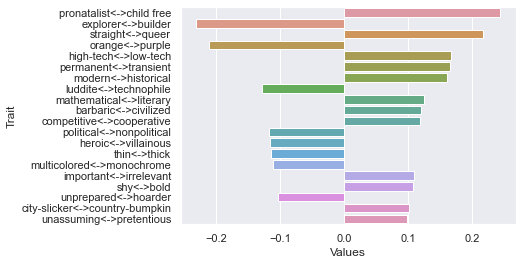
Fifteenth dimension
========================= Threshold 150 ratings: newdf: (40, 236)
First dimension
Second dimension
Third dimension
Fourth dimension
Fifth dimension
========================== Threshold 200 ratings: newdf: (19, 236)
First dimension
Second dimension
Third dimension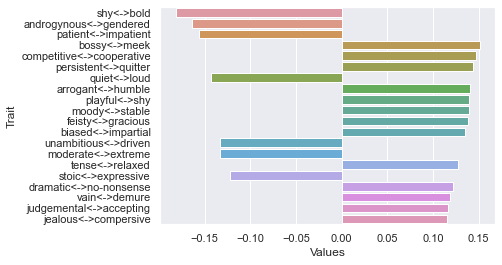
Fourth dimension
Fifth dimension
============================== Threshold 250 ratings: newdf: (12, 236)
First dimension
Second dimension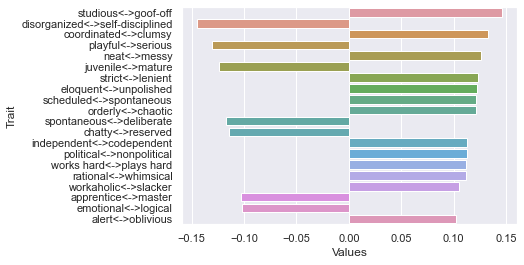
Third dimension
============================== Threshold 300 ratings: newdf: (5, 236)
First d
Second d
Third d
============================== To rerun (with e.g. 10 rating threshold):
Relevant code: